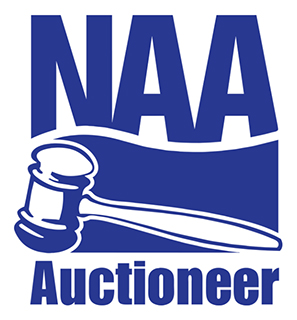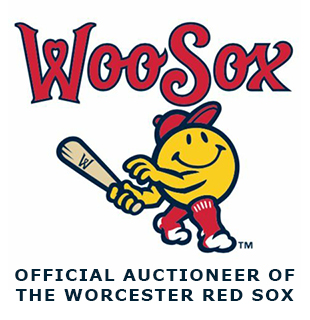Antique prices continue to rise and fall. For example, the value of many Chinese antiques has increased as the country has prospered. Conversely, most types of antique furniture have seen prices drop dramatically. A number of reasons factor into this including consumers preferring modern designs and more pieces being sold by collectors due to the economic turndown. Fortunately, the market for folk art, including weathervanes, remains strong.

Banner weathervane brought
over $5,000 at one of
our auctions
David Ferro writes on ferroweathervanes.com that weathervanes had been known to exist in China and Greece approximately 2000 years ago. New discoveries of writings from the Mesopotamia civilizations point to the existence of weathervanes about 4000 years ago. Around 1400 BC the Egyptians were using banners to predict weather conditions and the Chinese were using streamers for that purpose in the same era.
Recorded information from around 25 B.C. describes a weathervane depicting the Greek mythological figure Triton. Triton is portrayed as half man and half fish on the weathervane that sat atop a Horologium or (water tower). It also contained a water clock and sundial to measure time. The octagonal shape of the building contained lines pointing in each direction like a compass. Triton rotated with the wind and pointed in the direction of incoming winds.
Weathervanes appeared on the homes of wealthy Romans and spread throughout Europe. In the 7th to 9th weathercock was used throughout the rest of Europe. The first mention of a rooster is in North Africa around 220 AD and the oldest known example of a rooster weathervane is from Brescia, Italy around 820 AD. Century quadrant weathervanes were used in Scandinavia while the
Weathervanes from Europe travelled over to the United States, and American craftsmen began to produce them. Well known coppersmith Shem Drowne created the grasshopper that rests on Faneuil Hall in Boston in 1742 as a gift to Peter Faneuil. The grasshopper was a recognized symbol of commerce. George Washington commissioned Joseph Rakestraw to produce a “Dove of Peace” for the top of his Mount Vernon home cupola.
Farmers needed to be prepared for changing weather. They often created their own weathervanes and watched wind patterns. Trained and untrained craftsman alike crafted weathervanes in a wide variety of designs. The Federal Eagle was very popular in America. Many variations of horses were created. Arrow and banner weathervanes were also common patterns.
Rare weathervanes can bring millions of dollars. Bloomberg News reported that a copper weathervane manufactured in 1900 by J.L. Mott Ironworks of New York and Chicago brought over $5.8 million in a 2006 auction. It depicted an Indian chief in a headdress with a bow, and had belonged to the granddaughter of Henry Ford.
We sold a more simply designed banner weathervane at one of our auctions that brought over $5,000. The consignor was very pleased when he got wind of the results!
I received several questions on the online auction of the 1947 Chris Craft boat, World War II airplane engine and machinery in our online auction after my last column. The links are now available to the auction on our website www.centralmassauctions.com.
If you have any questions about antique auctions and estate sales, call Wayne Tuiskula, Auctioneer/Appraiser at 508-612-6111 or email us today.
Our articles are published in the Webster Times, Spencer New Leader, Auburn News, Blackstone Valley Tribune, Charlton Villager, Killingly Villager, Putnam Villager, Sturbridge Villager, Thompson Villager and Woodstock Villager.




